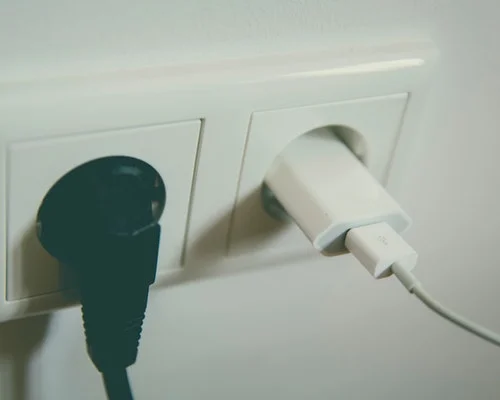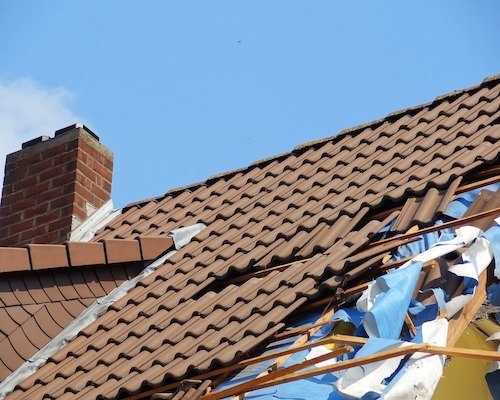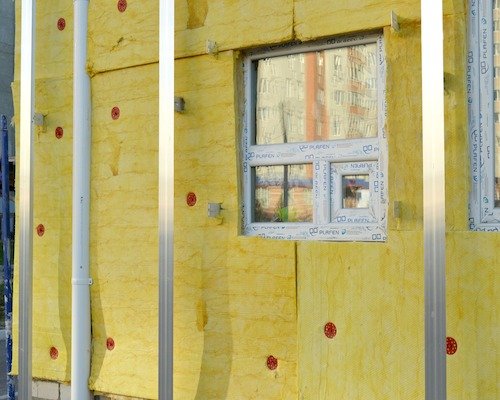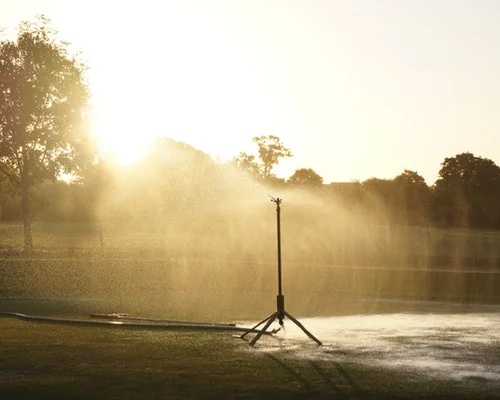Living in Texas means you’re probably experienced with unpredictable weather. One day you’re having a family BBQ and the next you hear tornado sirens.
With summer coming to a close we know there’s probably a handful of storms left to endure.
While we can’t be certain what types of storms we’ll encounter, as a homeowner, you can ensure that your property damage is minimal. Some basic upkeep can go a long way!
1. Cover Windows & Doors
Installing storm shutters on your windows and French doors or sliding glass doors will give you a quick and easy solution to prevent flying objects or debris from blowing into your home and breaking glass.
2. Replace Shingles
After a storm you should inspect your roof, do you see any missing or damaged shingles? Fix that ASAP!
We’ve talked about the importance of roof upkeep before. Experts say that the material type (shingle or metal) doesn’t matter when it comes to hailstorms.
3. Loose Siding
See shingles above. You’ll want to address any damaged siding quickly.
4. Anchor Storage Sheds
If you have an outbuilding or storage shed be sure, they have a permanent foundation or are held by ground anchors or straps.
Don’t neglect to secure smaller objects like grills and patio furniture by either moving them inside during a storm or bolting them to your deck or patio.
5. Clear Gutters
Always check your gutters and ensure that they are free-flowing and downspouts flow away from the foundation.
6. Invest in a Sump Pump
Prevent basement flooding by buying one of these. Regularly check that it is in good working order.
7. Tree Care
Consider removing trees that are near your home in case that it falls or regularly trim your trees so that that loose branches won’t damage you or your neighbor’s car.
8. Loose Fence Posts
Give each post a strong shake and take care of any with a wiggle problem. A flying fence post could be very dangerous.
9. Reinforce Garage Door
Strong winds can rip off your garage door destroying what’s inside and even cause structural damage to your home. Repair any issues before a storm to avoid this problem.
10. Water Flow
Guarantee the ground around your home is sloping away from the house. According to Danny Lipford, ¨a six-inch slope in a 10-foot span all the way around the house¨ is the best.
Don’t let one rainstorm destroy your landscaping or cause foundation issues for your home.
As a homeowner, you already have many things to worry about like insurance or resale value, but Mother Nature is simply one thing you have no control over.
However, if you can follow our tips you can up your home’s defense against property damage!
We Can Help!
If you notice some leaks or feel something isn’t right at home after a storm, give us a call! Our online scheduling tool allows for easy scheduling, any day, any time. We’re here for you!





